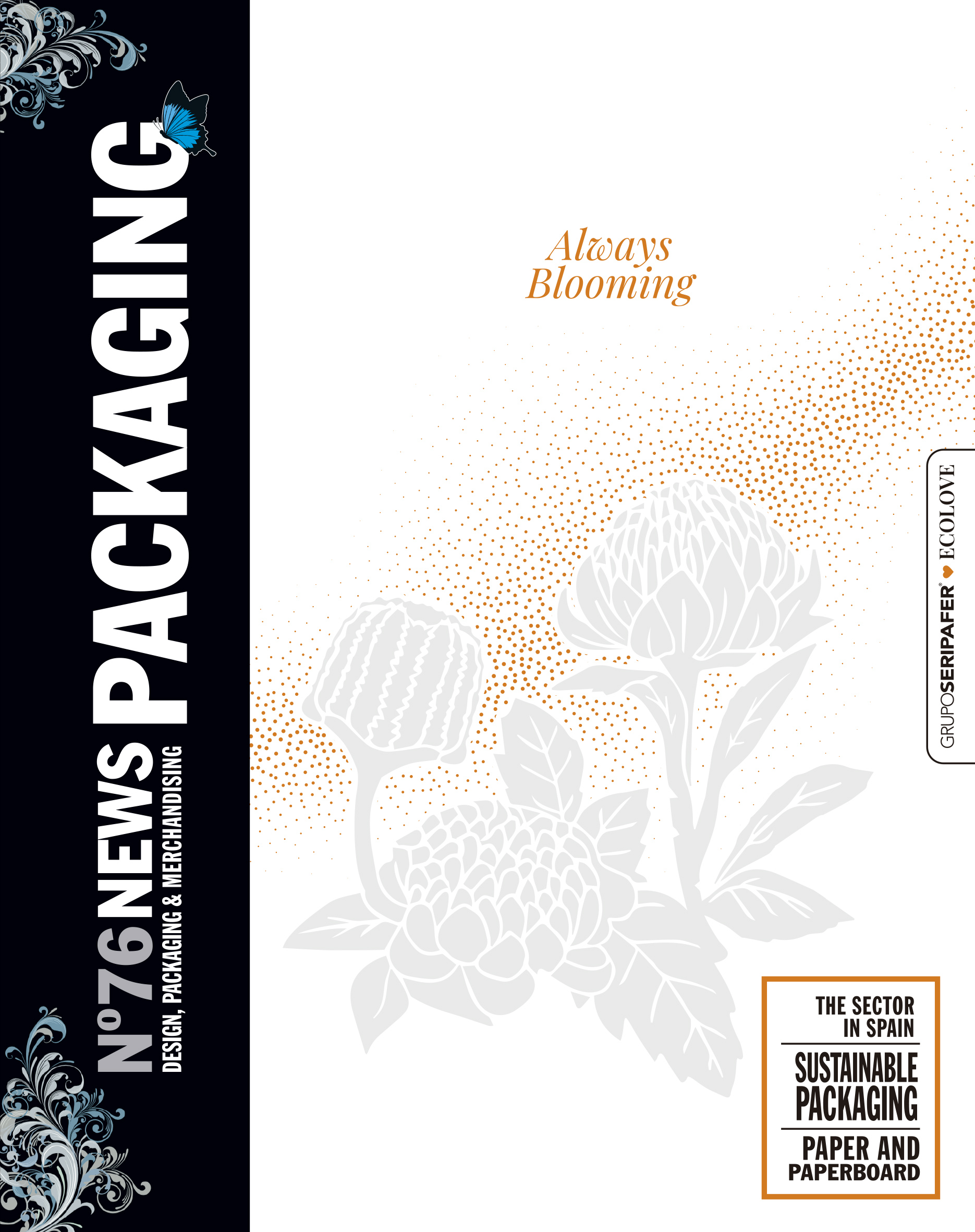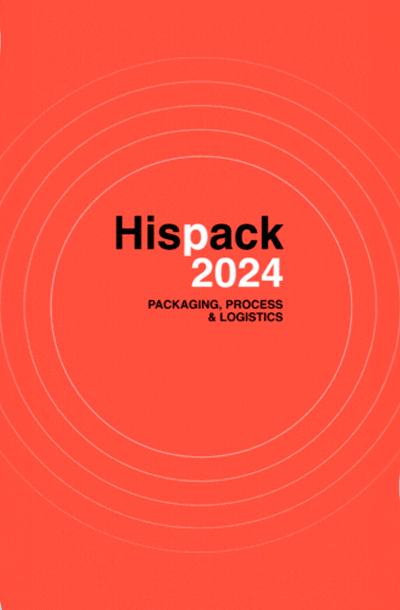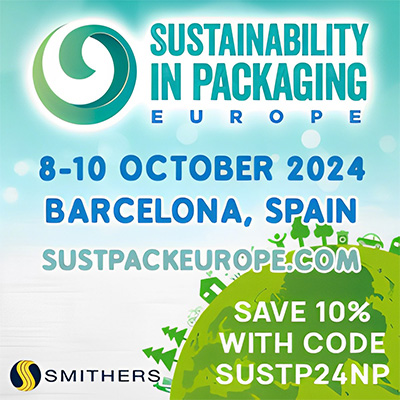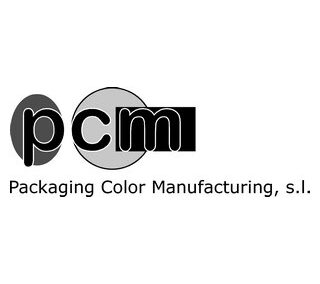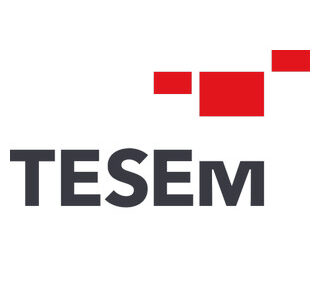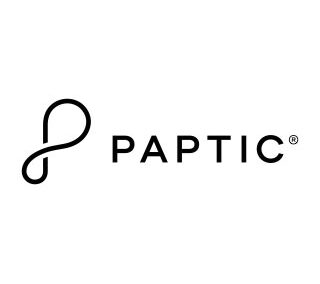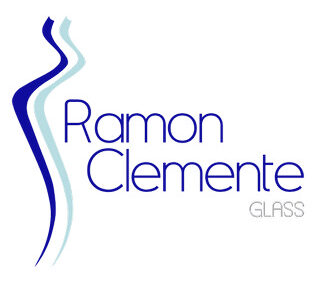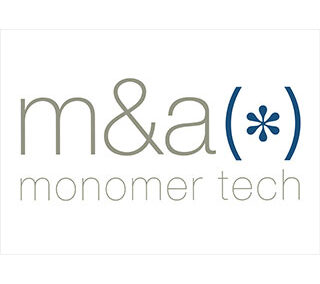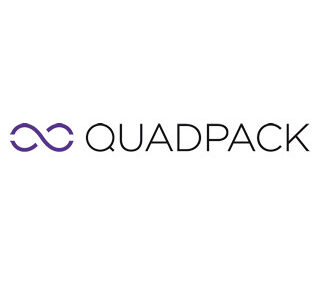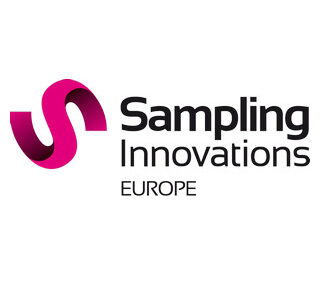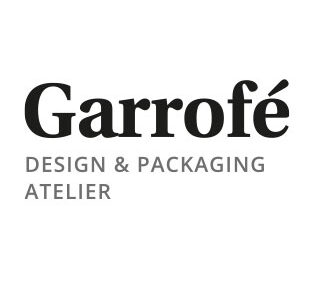La beverage can was born almost a hundred years ago. It has been facing multiple innovations for nine decades, such as successive weight reductions, closure changes, shape, size and design have marked its evolution, consolidating it as a safe, resistant, light, modern, competitive, transportable and easy to cool container, as well as a perfect support for the brand image.
In addition, they are made of a material "Infinitely recyclable". Metals are permanent materials, they do not lose quality when recycled. Thanks to recycling, 75% of the aluminum produced by humanity throughout its history is still in use. Also in Spain where, thanks to municipalities and consumers, more than eight out of ten cans are recycled. They are easily separated from other wastes (with electromagnets or Foucault separators) and the structure for this is widely implemented, both in selective and undifferentiated flows.
Cans can be and are recycled indefinitely, to make new cans or other metal products. Recycling a can saves 95% of the energy needed to create a new one. Another curious fact is that when a can of drinks is deposited in the yellow container, it takes less than 60 days to return to the person who left it, in the form of a new can or other metal product.
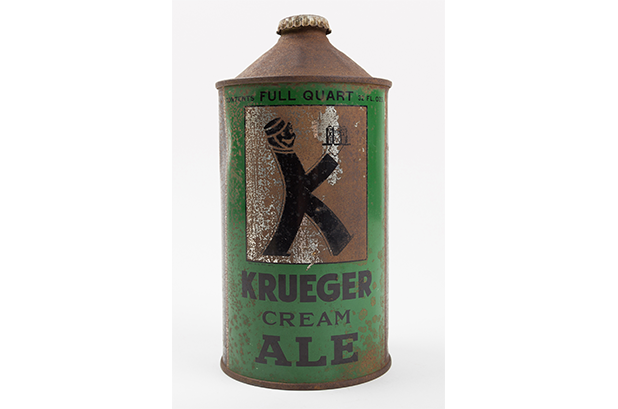
Lighter
Beyond recycling, the can is an example of minimization in the use of materials. Far are the more than 115 grams of that first can. Today a can of drinks weighs around 13 grams. Thanks to permanent innovation, a beverage can is thinner than a human hair, but can support 90 kilos on its vertical axis and contain an internal pressure greater than that of a car tire.
According to the recent Life Cycle Analysis carried out by Metal Packaging Europe, in the last ten years, the can has reduced its carbon footprint by 31%. The main factors that have made this progress possible are the continuous improvements in the aluminum manufacturing processes, the reduction in the weight of the can and the increase in its recycling rate.
Juan Ramon Meléndez, Director of the Beverage Cans Association states: «The European Union defines the Circular Economy as one that keeps materials in use for as long as possible, avoiding losses and the generation of waste, and that is what metal packaging and beverage cans have been doing for decades. We are proud that the guiding principles of the Circular Economy are engraved in the DNA of the can and are not a potential to develop, but a testable reality.

